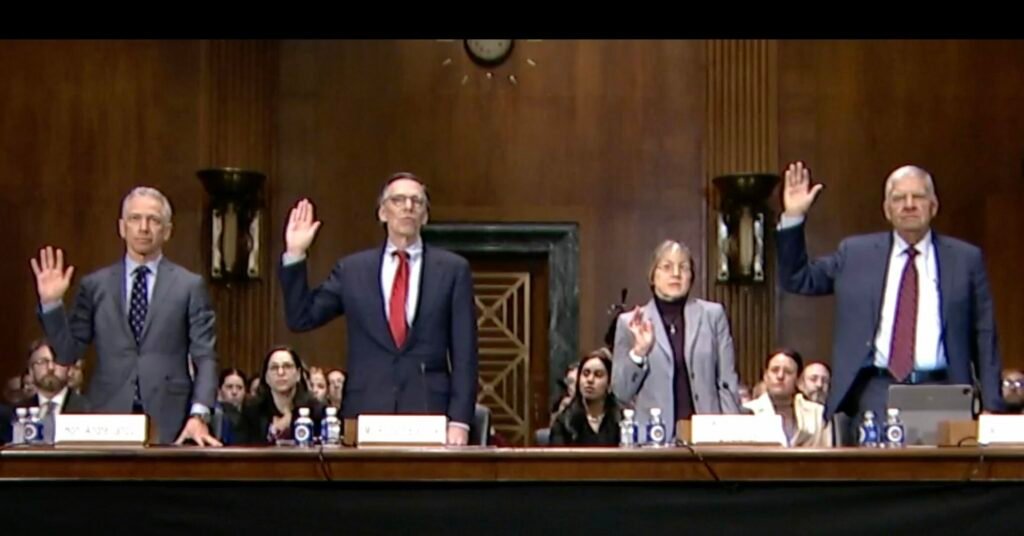“All human invention is the manipulation of nature in direction of sensible makes use of by people on this planet. We are able to exclude nature itself however any human intervention and manipulation, that’s what human innovation and engineering is and it must be eligible for a patent.” – Andrei Iancu
From left: Andrei Iancu, Richard Blaylock, Courtenay Brinckerhoff and Phil Johnson
The Senate Judiciary Committee’s Subcommittee on Mental Property as we speak held a hearing that includes eight witnesses who testified about the necessity to restore certainty to U.S. patent eligibility regulation. Most, however not all, agreed such a necessity exists and urged fast passage of the Patent Eligibility Restoration Act of 2023 (PERA).
Senators Chris Coons (D-DE) and Thom Tillis (R-NC) launched PERA in June of final yr. The invoice would remove all judicially-created exceptions to U.S. patent eligibility regulation.
Tillis first introduced the bill in August 2022 and Coons announced he would co-sponsor the laws in September 2022 at a Council for Innovation Promotion (C4IP) occasion. Whereas the patent group has overwhelmingly championed the invoice, unbiased inventors have expressed issues that it will in the end lead to the identical confusion that at the moment exists and would make most synthetic intelligence innovations ineligible. Many have denounced these views as mischaracterizations. Different stakeholders argue the established order is working and that altering the regulation would lead to upheaval in sure sectors.
PERA and Remoted Pure Merchandise
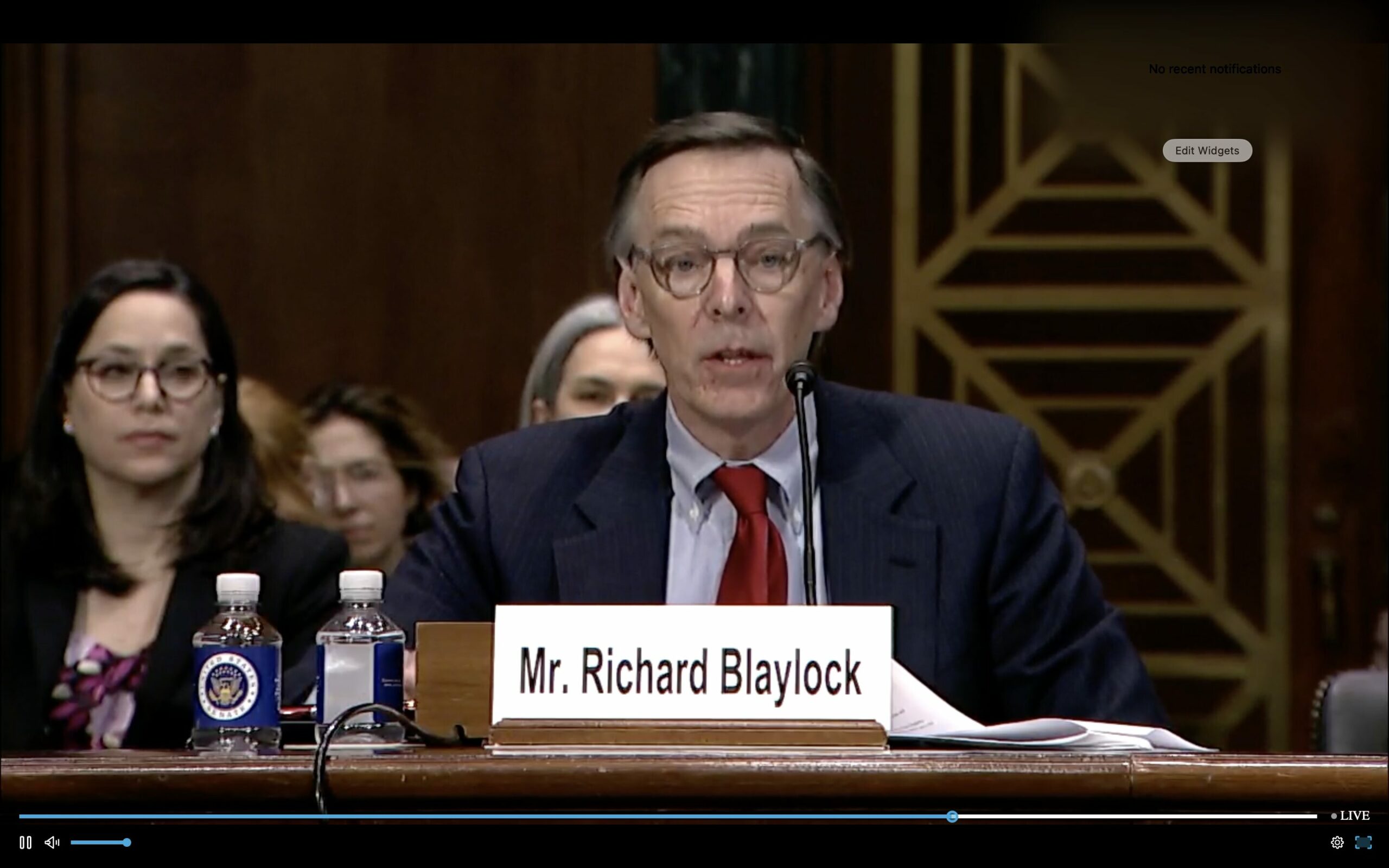 A type of stakeholders was represented as we speak by Richard Blaylock of Pillsbury, Winthrop, Shaw Pittman LLP, who defined that “PERA as launched would stifle innovation and hurt affected person care within the fields of diagnostic genetic testing and precision medication.” Blaylock testified on behalf of Invitae Company, a medical genetics firm. He stated that PERA would “slam the door shut on innovation [in medical diagnostics] and its scientific software in medication” and that the invoice would take us again to the times earlier than the Mayo, Myriad and Alice selections when scientific testing would require permission from the businesses that personal the patents.
A type of stakeholders was represented as we speak by Richard Blaylock of Pillsbury, Winthrop, Shaw Pittman LLP, who defined that “PERA as launched would stifle innovation and hurt affected person care within the fields of diagnostic genetic testing and precision medication.” Blaylock testified on behalf of Invitae Company, a medical genetics firm. He stated that PERA would “slam the door shut on innovation [in medical diagnostics] and its scientific software in medication” and that the invoice would take us again to the times earlier than the Mayo, Myriad and Alice selections when scientific testing would require permission from the businesses that personal the patents.
Invitae’s answer is to “considerably revise” PERA “to incorporate the requirement that pure phenomena, pure supplies and summary concepts be handled as prior artwork to all patent purposes.” Blaylock stated this could successfully codify the essence of present Supreme Court docket jurisprudence on patent material eligibility. “The patent system ought to afford the chance to personal the treatment however not the illness,” he added.
Blaylock clashed significantly with the views of the opposite three witnesses on the primary panel of the listening to, who included former U.S. Patent and Trademark Workplace (USPTO) Director Andrei Iancu; Courtenay Brinckerhoff of Foley & Lardner; and Philip Johnson of the Coalition for twenty first Century Patent Reform (21C).
 Iancu pushed again strongly on Blaylock’s assertion that new makes use of of pure phenomena shouldn’t be patent eligible, explaining that PERA addresses {that a} pure, pure product “as such” isn’t patent eligible, “however as quickly as that’s utilized by a human hand and human ingenuity to a sensible software, reminiscent of diagnosing in a diagnostic equipment a specific illness, that’s human innovation and it must be eligible.”
Iancu pushed again strongly on Blaylock’s assertion that new makes use of of pure phenomena shouldn’t be patent eligible, explaining that PERA addresses {that a} pure, pure product “as such” isn’t patent eligible, “however as quickly as that’s utilized by a human hand and human ingenuity to a sensible software, reminiscent of diagnosing in a diagnostic equipment a specific illness, that’s human innovation and it must be eligible.”
When pressed by IP Subcommittee Chair Chris Coons on why the opposite areas of patent regulation—sections 102, 103 and 112—aren’t enough filters to keep away from the potential harms Blaylock described, Blaylock stated there are new biomarkers being found on a regular basis, for instance, and PERA would allow the privatization of data about such discoveries. Since they’re new and non-obvious, it’s straightforward to explain them and the best way to allow somebody to make use of them. “The remainder of the necessities for patentability are vital however they don’t deal with the priority that PERA would change the present setting and [allow for] patenting of data about an affiliation between a specific genetic anomaly and its scientific significance,” Blaylock stated. “What could be patentable could be the usage of typical, on a regular basis strategies.”
However Iancu once more disagreed, and likewise stated that Blaylock’s suggestion to require that every one pure phenomena be handled as prior artwork to all patent purposes could be “principally eliminating the patent system”:
“Mr. Blaylock says it’s unhealthy to present patents should you observe a genetic mutation related to a specific danger, reminiscent of diagnosing most cancers of a specific kind and you then isolate it and create a diagnostic equipment… That’s the essence of invention. It takes loads of time, cash and funding to seek out that out. If we remove patents on observing how nature behaves when people alter it and create new situations for it, you then remove the patent system as a result of that’s what people do.”
Iancu additionally stated that “all human invention is the manipulation of nature in direction of sensible makes use of by people on this planet. We are able to exclude nature itself however any human intervention and manipulation, that’s what human innovation and engineering is and it must be eligible for a patent.”
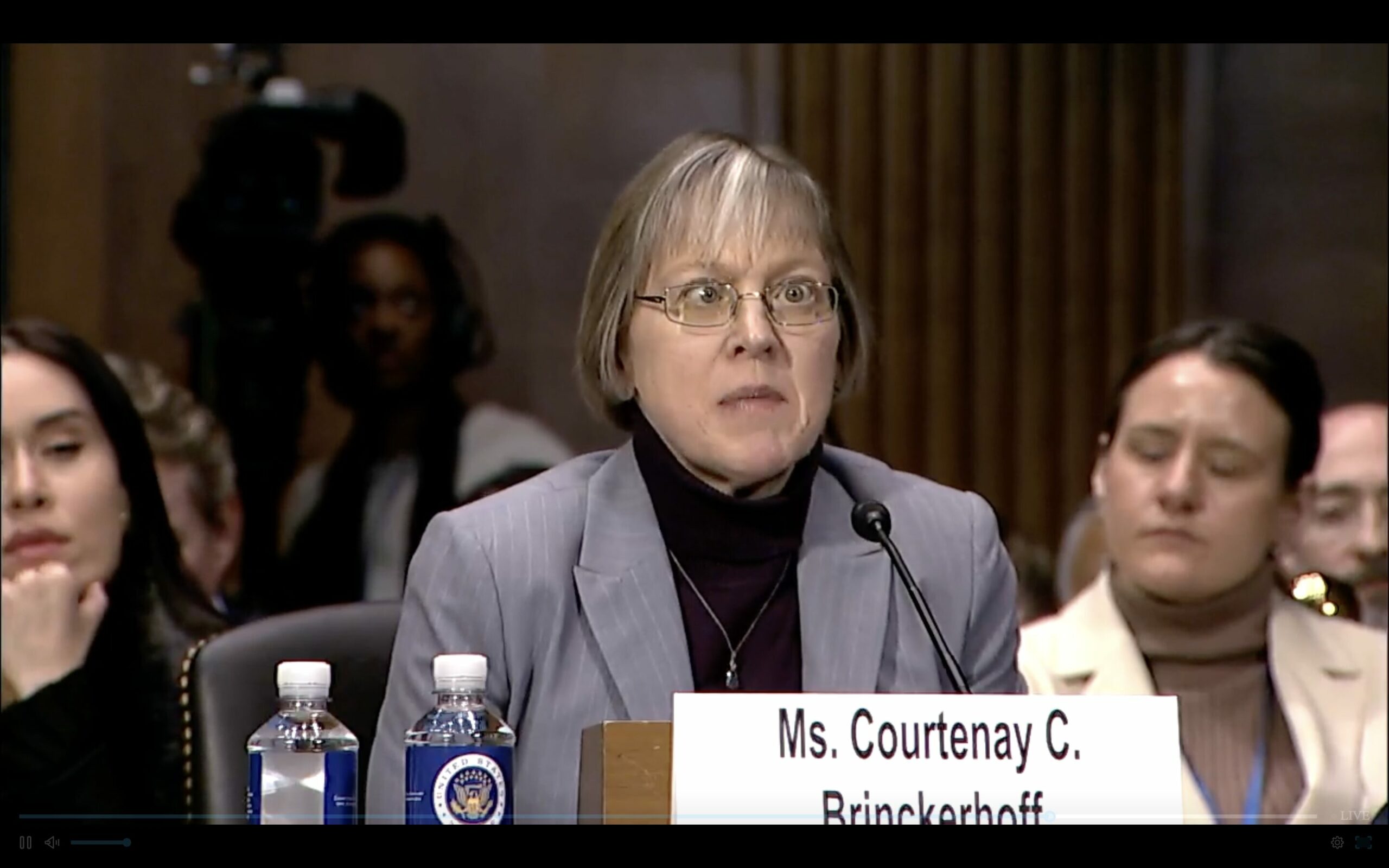 Brinckerhoff advised the Subcommittee that present eligibility regulation is stifling innovation on remoted pure merchandise in different areas, reminiscent of vaccine antigens, therapeutic peptides, chemical compounds remoted from vegetation and micro organism which might be helpful in business and industrial purposes. She stated that, since Mayo, Myriad and Alice, remoted pure merchandise can’t be patented right here however they are often in Europe, Japan and China. Most international locations nonetheless grant patents on strategies of detecting new diagnostic markers, such because the claims invalidated by the U.S. Court docket of Appeals for the Federal Circuit’s resolution in Sequenom, Brinckerhoff famous. “PERA would convey eligibility again consistent with different international locations,” she stated.
Brinckerhoff advised the Subcommittee that present eligibility regulation is stifling innovation on remoted pure merchandise in different areas, reminiscent of vaccine antigens, therapeutic peptides, chemical compounds remoted from vegetation and micro organism which might be helpful in business and industrial purposes. She stated that, since Mayo, Myriad and Alice, remoted pure merchandise can’t be patented right here however they are often in Europe, Japan and China. Most international locations nonetheless grant patents on strategies of detecting new diagnostic markers, such because the claims invalidated by the U.S. Court docket of Appeals for the Federal Circuit’s resolution in Sequenom, Brinckerhoff famous. “PERA would convey eligibility again consistent with different international locations,” she stated.
Additionally commenting on as we speak’s hearings earlier as we speak, Innovation Alliance Government Director Brian Pomper agreed that PERA is essential to make sure U.S. competitiveness and urged Congress to enact the invoice shortly. Pomper stated: “The disparity in patent eligibility between the US and our overseas rivals is especially problematic within the vital areas of rising applied sciences and biotech improvements, together with 5G, superior computing, synthetic intelligence, and medical diagnostics. This not solely undermines U.S. competitiveness and the flexibility of the US to stay the worldwide chief in innovation, nevertheless it harms U.S. nationwide safety as different international locations problem U.S. management in creating these key applied sciences.”
PERA is an Eligibility—Not Patentability—Invoice
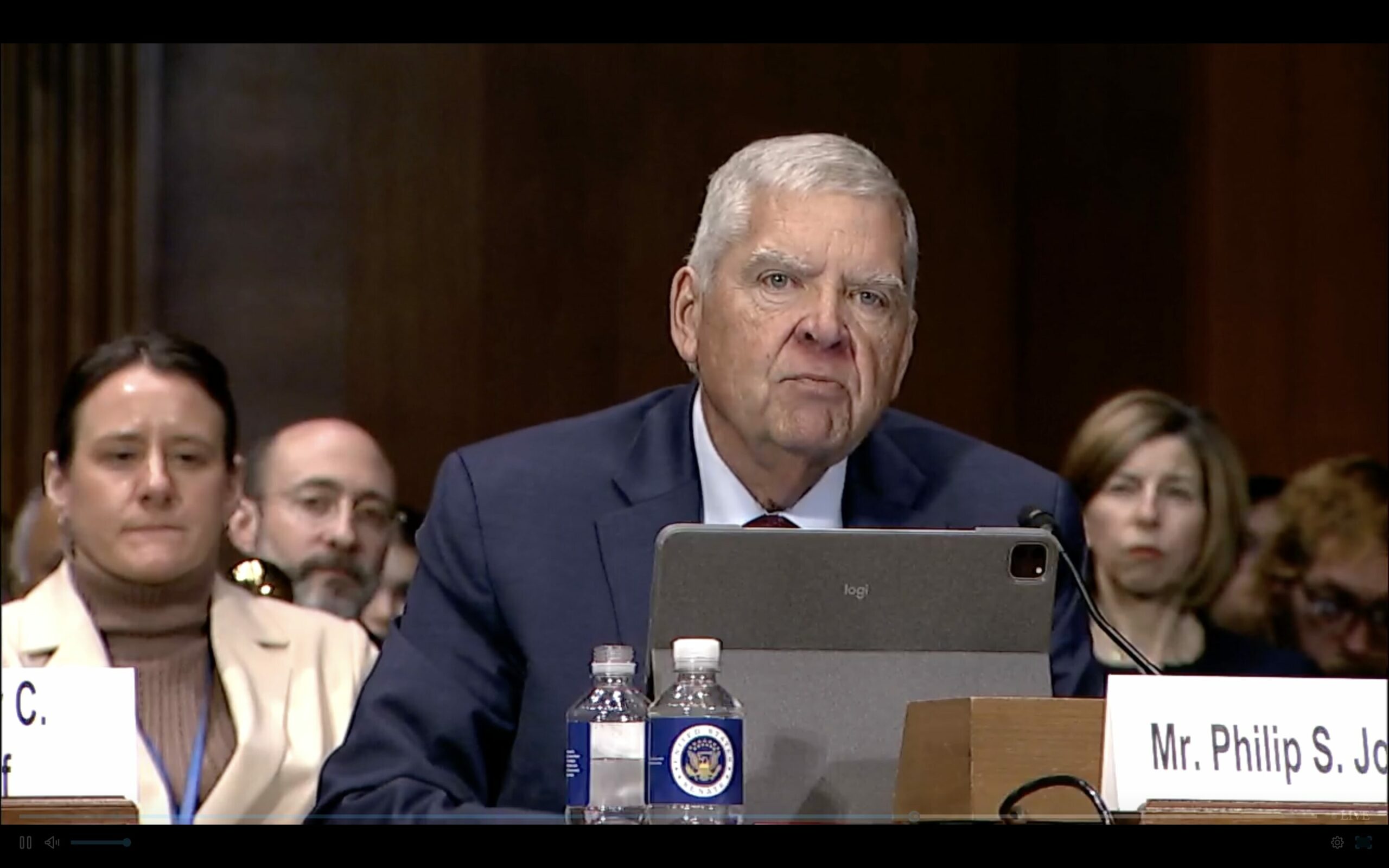 Phil Johnson of 21C stated that certainty is vital for 21C’s members and harassed that many opponents of the invoice are getting one thing basically improper about it. “Simply because one thing is eligible doesn’t imply it’s patentable,” Johnson stated. “But you’ll see in a number of the testimony an equation is reached the place they’re handled as the identical. That is an eligibility invoice. When somebody says that is permitting the patenting of X Y or Z, properly, not essentially – not essentially in any respect.”
Phil Johnson of 21C stated that certainty is vital for 21C’s members and harassed that many opponents of the invoice are getting one thing basically improper about it. “Simply because one thing is eligible doesn’t imply it’s patentable,” Johnson stated. “But you’ll see in a number of the testimony an equation is reached the place they’re handled as the identical. That is an eligibility invoice. When somebody says that is permitting the patenting of X Y or Z, properly, not essentially – not essentially in any respect.”
In one other trade prompted by Senator Mazie Hirono (D-HI), Hirono, Brinckerhoff offered some examples of pure supplies that is perhaps eligible underneath PERA however aren’t underneath the present regulation, reminiscent of a chemical from a plant that would have use as a therapeutic agent or micro organism which may be present in sure areas of the world with particular helpful properties. Blaylock stated these examples shouldn’t be patent eligible as a result of, like within the instance of observing a specific genetic mutation related to illness danger after which isolating it, “the one factor that’s new is that information. Isolation, purification and enrichment are abnormal facets of typical genetic sequencing know-how.”
Nevertheless, Brinckerhoff stated Blaylock “underestimates the creative contribution of determining that there’s a new gene with a brand new objective, a brand new operate, that hasn’t been found or identified earlier than.”
Johnson, and later within the listening to Coons, referenced the intensive hearings carried out by the Subcommittee on patent eligibility in 2019, the place Coons stated “40 of the 45 witnesses stated it was a multitude.” Johnson stated that, regardless of Blaylock’s competition that the sky hasn’t fallen within the final decade for the reason that Supreme Court docket’s selections on eligibility, the hazard is in the end in what won’t be found due to the disincentive to take action:
“What we’re anxious about and what [Blaylock] has already acknowledged is there are some essential issues lurking within the genome that might be extremely vital for our well-being sooner or later. And we should always need to incentivize individuals to search for it and to spend the time and power and cash that’s wanted with a purpose to discover it. This stuff don’t announce themselves. This takes actual laborious work and insights, and actual invention, and we should always acknowledge that, and if in any other case deserving, they need to be patented.”
Blaylock additionally stated a analysis or experimental use exemption within the invoice wouldn’t be enough as a result of “Invitae would nonetheless be involved that PERA would allow the privatization of knowledge.”
HTIA: Current Eligibility Regulation is Predictable
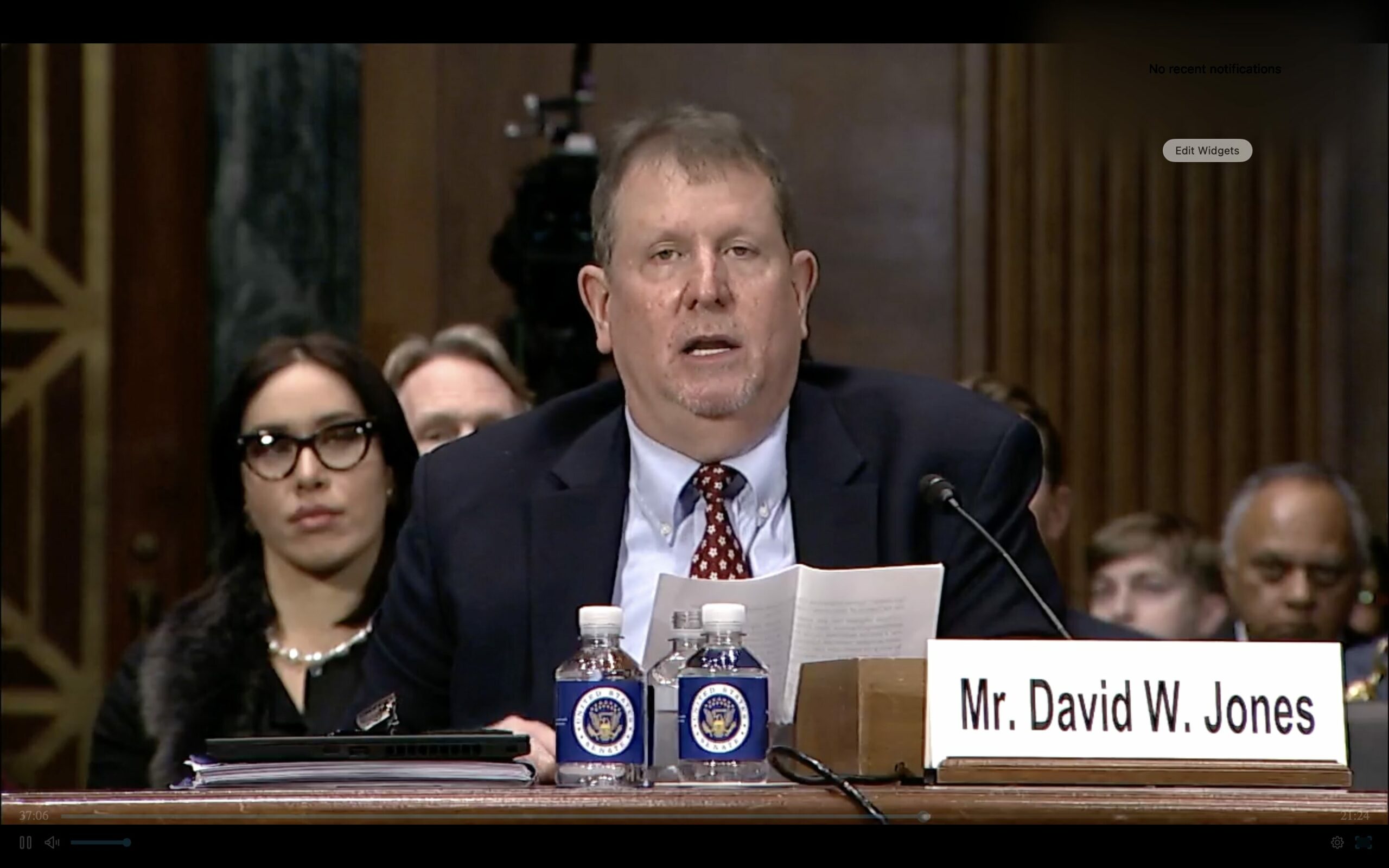 In the course of the second panel, three of the witnesses—Professor Adam Mossoff of the Antonin Scalia Regulation Faculty, George Mason College; Mark Deem of Lightstone Ventures; and former USPTO Director David Kappos—urged the Subcommittee to go PERA swiftly, whereas David Jones of the Excessive-Tech Inventors Alliance (HTIA) stated there are too many issues with the language and too many questions round whether or not legislative adjustments are essential to warrant passage.
In the course of the second panel, three of the witnesses—Professor Adam Mossoff of the Antonin Scalia Regulation Faculty, George Mason College; Mark Deem of Lightstone Ventures; and former USPTO Director David Kappos—urged the Subcommittee to go PERA swiftly, whereas David Jones of the Excessive-Tech Inventors Alliance (HTIA) stated there are too many issues with the language and too many questions round whether or not legislative adjustments are essential to warrant passage.
Jones cited statistics that he claims present Part 101 regulation is extra predictable than different areas of patent regulation primarily based on USPTO and court docket selections, and stated that HTIA is worried PERA would make nearly any human exercise patent eligible. He prompt a extra focused method that may contain figuring out explicit drawback areas and creating sui generis safety or adopting an ordinary that’s “explicitly tethered to an advance in know-how.”
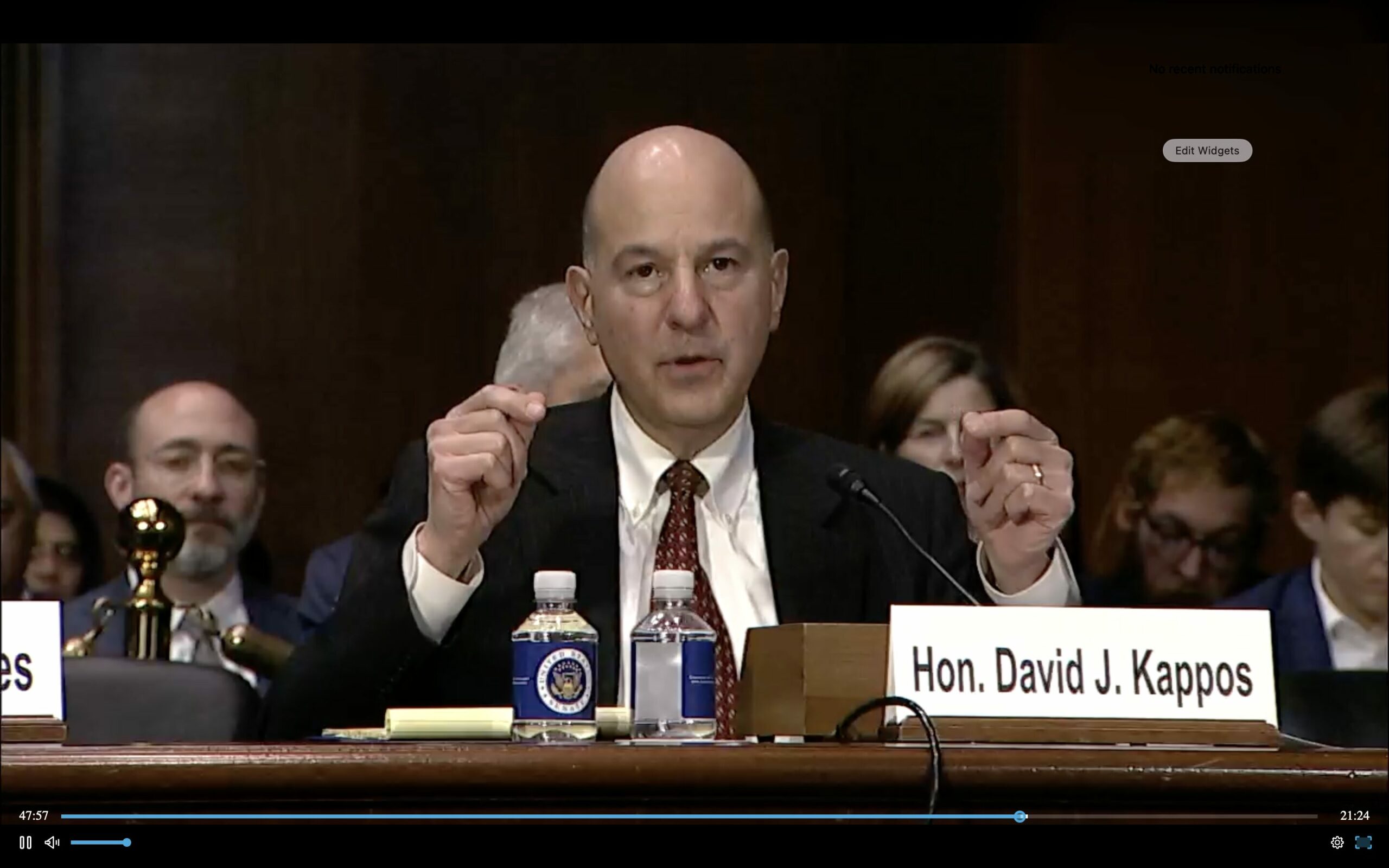 Jones additionally alluded to the oft-cited examples of marriage ceremony ceremonies and soccer performs being probably patent eligible underneath PERA, which Coons requested Kappos to handle. Kappos stated such issues would after all not be eligible and that decreasing the dialog to such examples does a disservice to the intense enterprise of patent regulation. “It’s horrible coverage to information our patent legal guidelines by decreasing our dialogue to trivial, foolish examples,” Kappos stated.
Jones additionally alluded to the oft-cited examples of marriage ceremony ceremonies and soccer performs being probably patent eligible underneath PERA, which Coons requested Kappos to handle. Kappos stated such issues would after all not be eligible and that decreasing the dialog to such examples does a disservice to the intense enterprise of patent regulation. “It’s horrible coverage to information our patent legal guidelines by decreasing our dialogue to trivial, foolish examples,” Kappos stated.
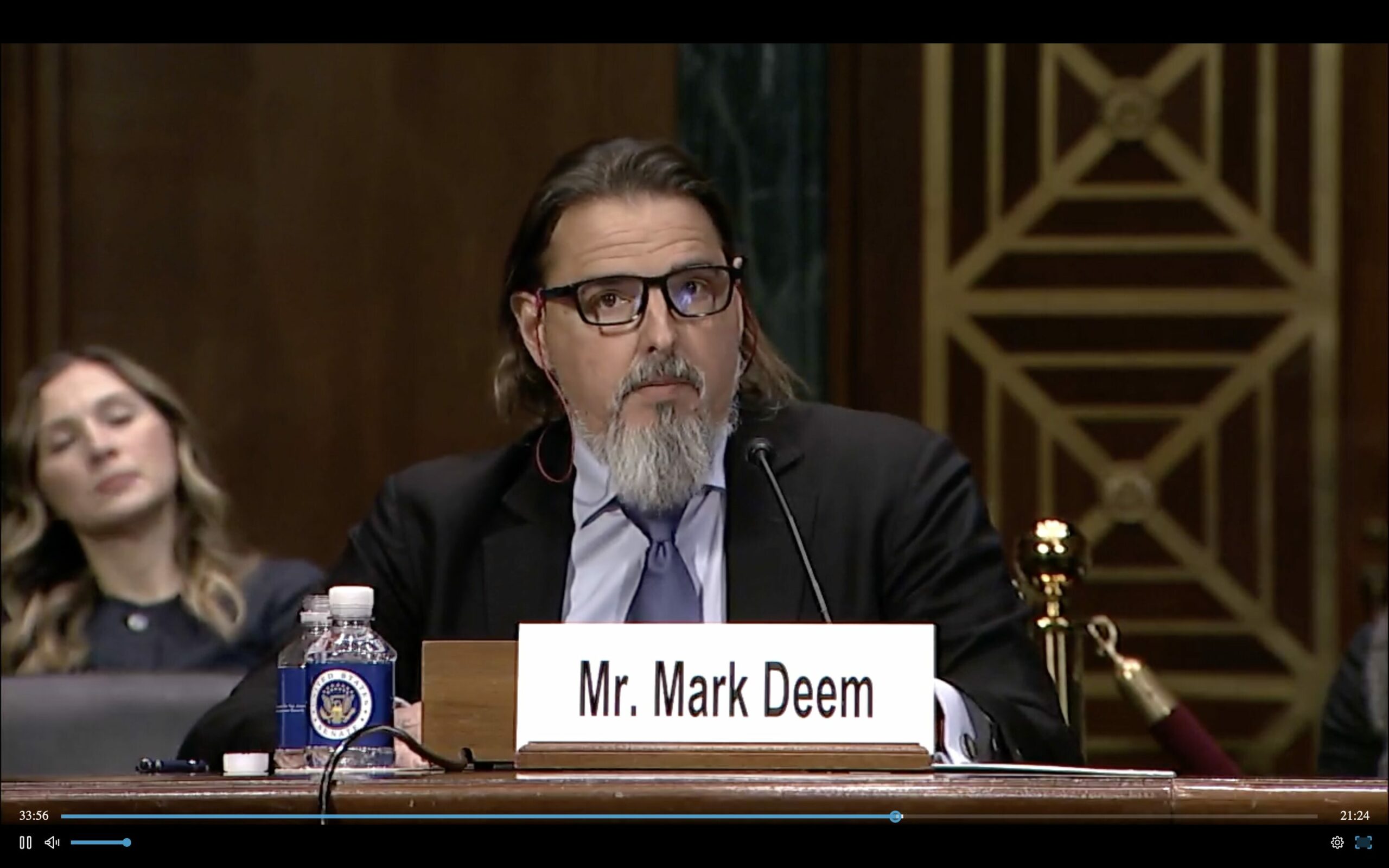 As a enterprise capitalist, Deem stated “the US is failing a lot of our most progressive startups.” Deem defined that when he’s deciding what to put money into, “we have now to weigh out the totality of the dangers and uncertainties. With 101 as a further space of uncertainty in thrilling know-how areas, we simply gained’t go into them.”
As a enterprise capitalist, Deem stated “the US is failing a lot of our most progressive startups.” Deem defined that when he’s deciding what to put money into, “we have now to weigh out the totality of the dangers and uncertainties. With 101 as a further space of uncertainty in thrilling know-how areas, we simply gained’t go into them.”
Jones conceded to Deem that the statistics bear out that “patents are actually, actually laborious to get and negatively affecting R&D investments” in areas like diagnostics.
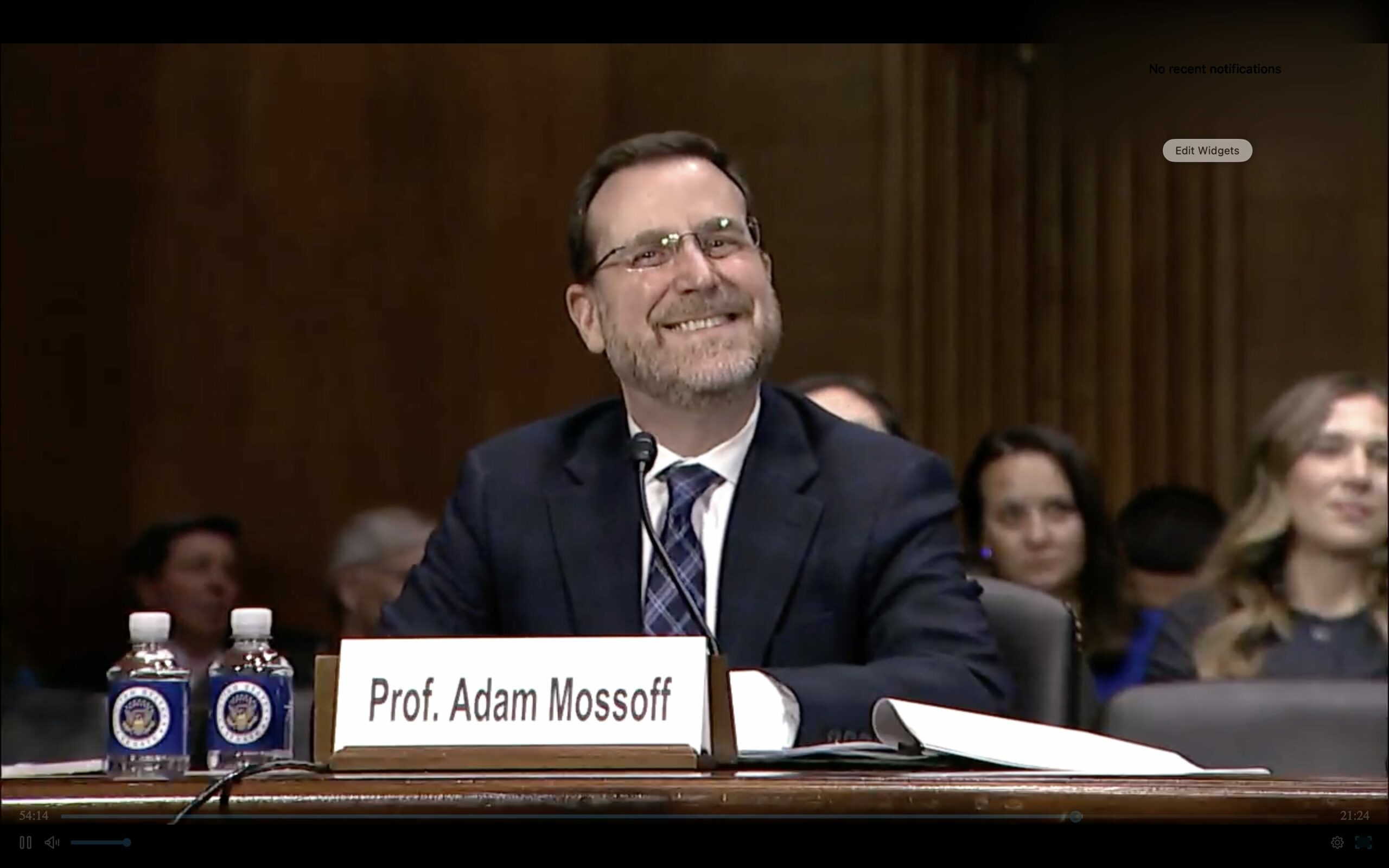 In response to a query from Coons about data cited in his written testimony, Mossoff defined that 1,694 patent purposes of a pattern of 17,000+ recognized between 2014 and 2019 that confronted an preliminary or last rejection on 101/ Alice–Mayo after which have been deserted by the applicant have been on applied sciences (a lot of which have been healthcare discoveries, most cancers remedies, diabetes, diagnostics, different life-saving innovations) that have been granted patents on the identical innovations in China and the EU. “This can be a clear sign to entrepreneurs that the US is closing its doorways to cutting-edge improvements,” Mossoff stated.
In response to a query from Coons about data cited in his written testimony, Mossoff defined that 1,694 patent purposes of a pattern of 17,000+ recognized between 2014 and 2019 that confronted an preliminary or last rejection on 101/ Alice–Mayo after which have been deserted by the applicant have been on applied sciences (a lot of which have been healthcare discoveries, most cancers remedies, diabetes, diagnostics, different life-saving innovations) that have been granted patents on the identical innovations in China and the EU. “This can be a clear sign to entrepreneurs that the US is closing its doorways to cutting-edge improvements,” Mossoff stated.
Tillis remarked that he worries about not understanding what innovation we’re lacking and the influence on youthful entrepreneurs simply beginning out. In response, Kappos famous that “the IP system has by no means been about what’s now however what’s subsequent. In the end, the innovation that’s not created as a result of the patent system isn’t there to incent it’s the innovation whose worth is infinite.”

